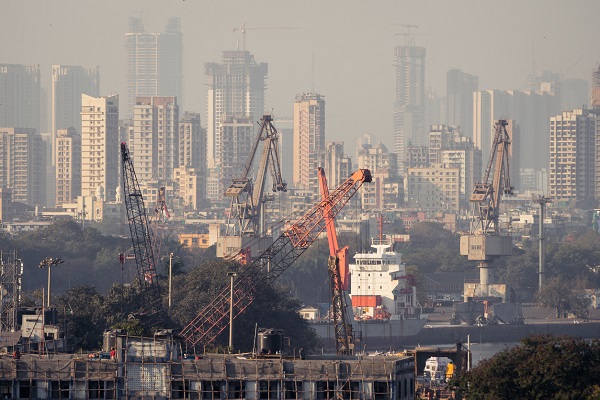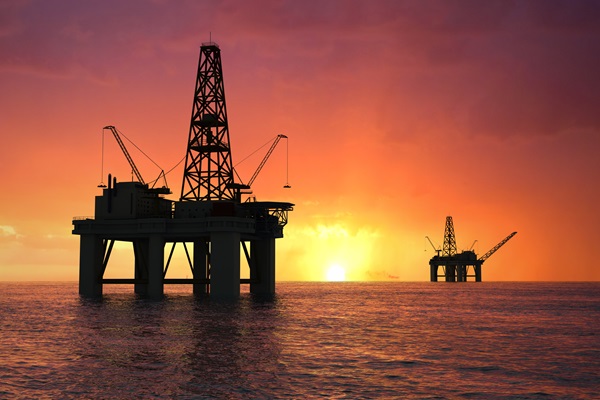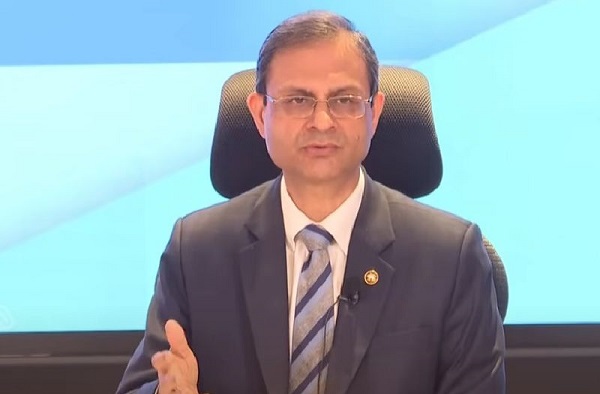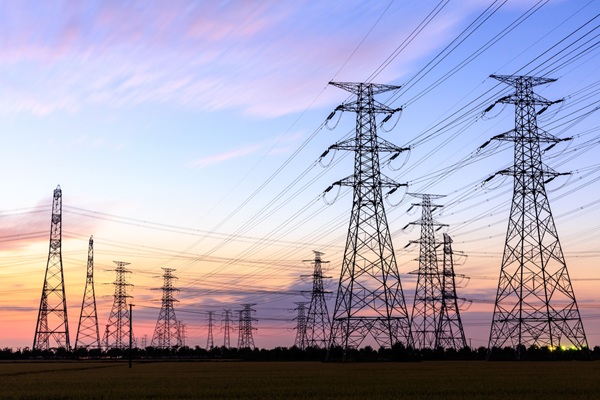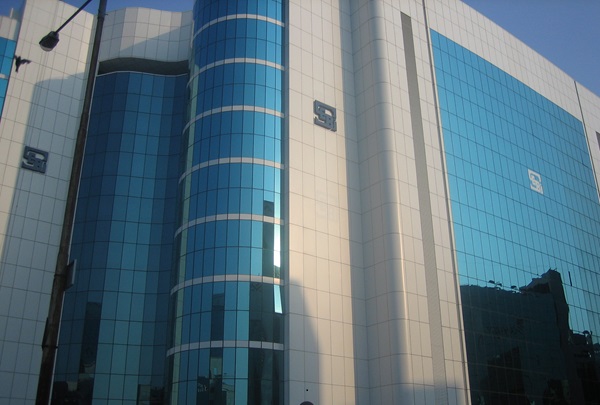.png)
August 28, 2025 at 12:44 PM IST
India’s gross domestic product growth for the April–June quarter of 2025-26, due for release on Friday, is projected to moderate from the 7.4% recorded in the preceding January–March quarter. Polls by various media organisations suggest growth will be in the 6.7–6.9% range.
A print of 6.7% would still exceed the 6.5% growth reported in the same quarter a year ago, and remain above the Reserve Bank of India’s forecast of 6.5%.
| Media Organisation | Estimate |
| Bloomberg | 6.7% |
| Reuters | 6.7% |
| Mint | 6.7% |
| MoneyControl | 6.9% |
| Informist | 6.7% |
| CNBC-TV18 | 6.8% |
While real growth is expected to hold up, nominal GDP expansion is a concern. The CNBC-TV18 poll sees nominal growth at 8.2%, well below the Union Budget’s assumption of 10.1%. As corporate earnings and tax collections are benchmarked to nominal growth, this shortfall could weigh on both fiscal outcomes and business performance.
Gross Value Added is expected at 6.5%, broadly in line with the same quarter last year. GVA strips out the impact of net taxes and subsidies, and many economists consider it a more stable indicator of underlying activity.
The Finance Ministry in one of its reports had also pointed out that the real GDP growth may not give the correct picture due to the low deflator.
Drivers of Growth
The main support for GDP in the June quarter may come from higher government capital expenditure. Spending in April–June was stronger compared with the same period last year, when elections had constrained disbursements. Exports also received a temporary boost from advance buying.
Sectorally, agriculture is expected to expand by 5.8%, faster than its long-term average, supported by a favourable monsoon and sowing activity. Services are projected to grow 7.1%, driven by trade, hospitality, and public administration, though financial services remained subdued because of slowing credit growth. The industry sector is estimated to grow by 5.3%, slower than services and agriculture, mainly due to weakness in mining and manufacturing. Construction, however, benefited from government-led capex.
The Index of Industrial Production rose only 2.0% in the first quarter, sharply lower than the 5.4% increase a year earlier. Mining output contracted 3.0% on year, reversing the strong 7.9% expansion seen last year, with monsoon rains limiting activity. Manufacturing growth also slowed, reflecting weaker demand.
Lower inflation contributed to the expected real GDP outcome. Consumer price inflation averaged 2.7% in April–June, compared with 4.9% a year ago, while wholesale inflation eased to 0.3% from 2.5%. This sharp fall in inflation implies a lower GDP deflator, thereby raising real GDP growth.
Nominal GDP Concerns
Economists anticipate growth will slow further in the second half of the year, with projections closer to 6.1%. The expected moderation reflects lower momentum in industry and agriculture, even if services continue to perform. The imposition of a 50% tariff by the US on Indian imports has emerged as a new downside risk, potentially reducing 2025-26 growth by about 50 basis points.
That said, policy easing measures such as cuts in goods and services tax rates could provide some cushion. The RBI has already frontloaded rate cuts, which may aid credit disbursement in the coming quarters.
